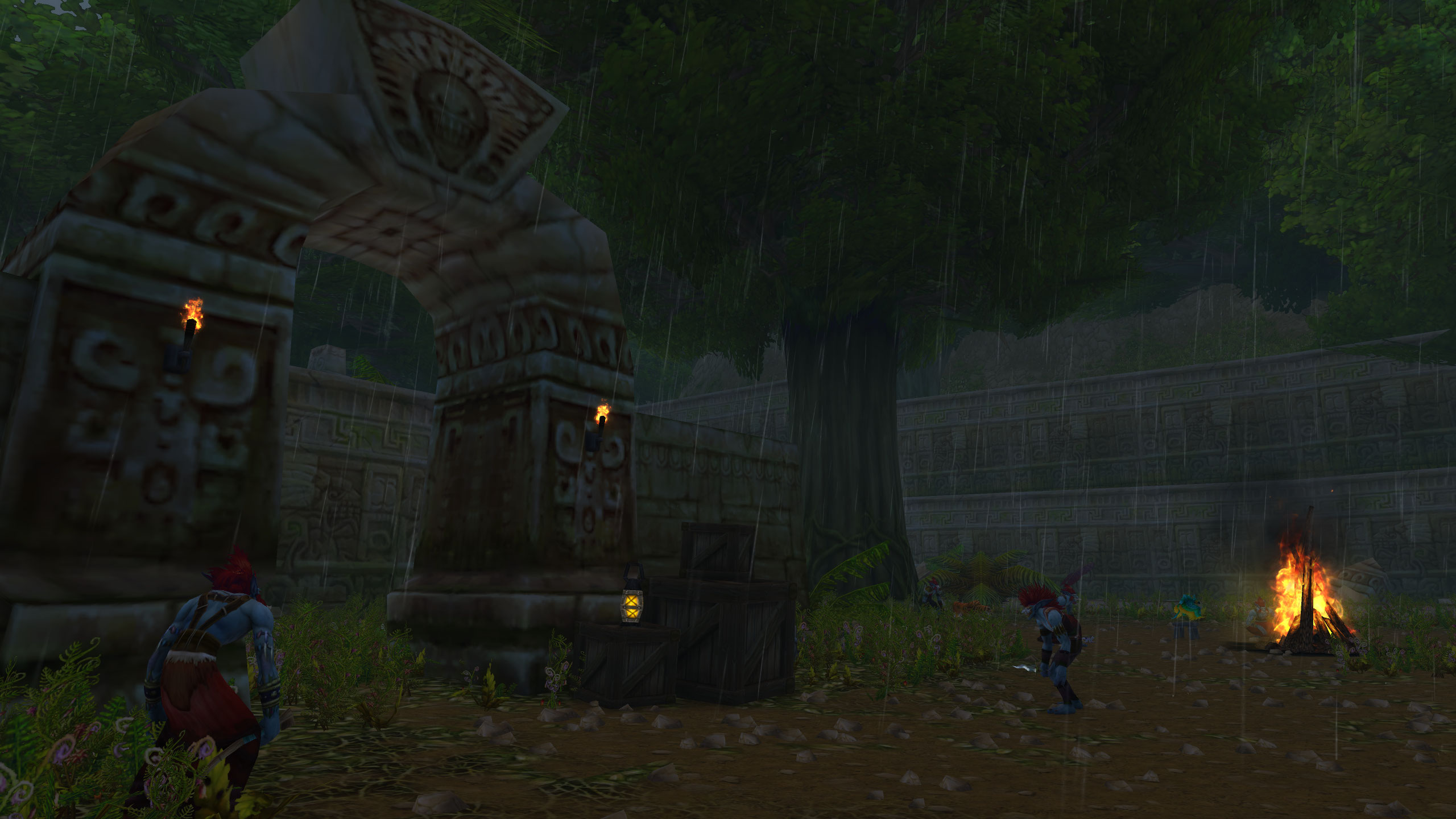Introduction
A WoW raid boost helps you clear raid bosses with a guided group that already knows the routes, mechanics, and timing. If you are new to current raid tiers or you have limited time, a boost lets you see the fights, earn loot, and progress your Great Vault without weeks of trial runs. A “first clear” means you defeat each boss at least once on a chosen difficulty, so you unlock checkpoints, achievements, and a baseline of gear.
The pace feels different from random groups: pulls start on a timer, markers are set before combat, and calls are short and clear. You still play your character, but you follow a plan that cuts wipes and dead time. Expect simple instructions like “stack,” “spread,” “soak,” “kick,” and “move,” plus reminders for defensive cooldowns during heavy damage. After each kill, the team resets quickly and walks straight to the next boss. By the end of the session you leave with real progress—kills recorded, better chances in your Vault, and a practical sense of how each fight flows. This guide breaks the process into small steps you can follow from setup to final chest, so your first clear feels steady, organized, and worth your time.
Set Your Goals
Before you join a raid boost, write down what you want from the night. Pick a difficulty that matches your gear and comfort: Normal for a gentle start, Heroic for stronger loot and sharper mechanics, Mythic if you already have high item level and clean execution. Decide whether you want a full clear or only certain bosses for set pieces, trinkets, or a mount.
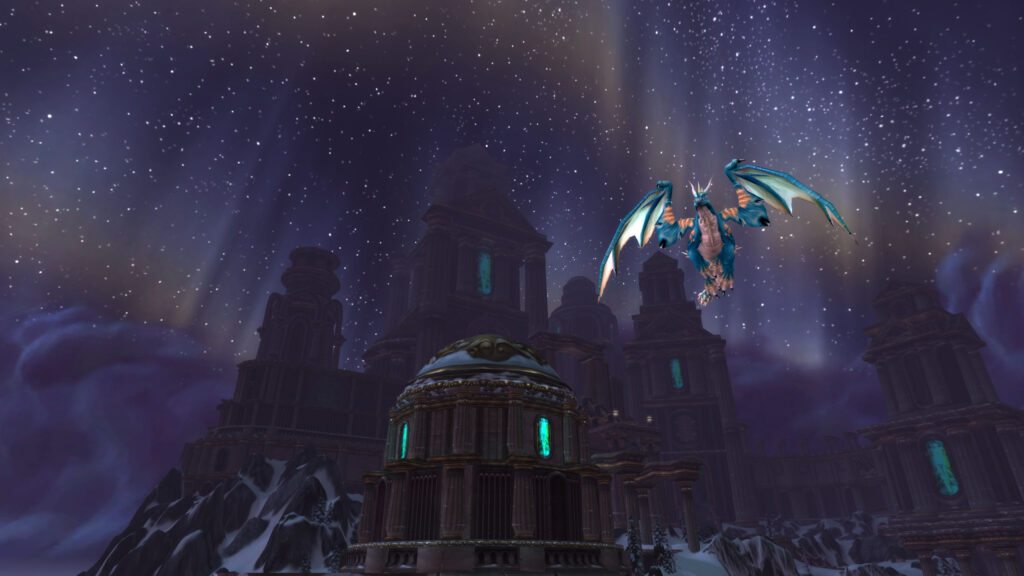
Check the Great Vault panel to see the item level you can reach by finishing that difficulty, and set a simple target like “clear through boss 6 on Heroic” or “tag end boss for Vault.” If you are chasing a specific drop, note the boss name and keep a backup plan in mind in case the group route changes. Share your role up front—tank, healer, or damage—and be honest about any mechanics that give you trouble so the lead can assign help where needed. Finally, set a time window for the run and plan short breaks every hour to keep focus high. Clear goals help the team choose the best route, keep the voice chat concise, and make sure your effort lines up with the rewards you want from the reset.
Character Prep (15 Minutes)
A quick setup pass prevents most first-clear headaches. Start with gear: equip your highest item-level pieces, fix missing enchants and gems, and repair to 100%. Enable auto-loot, clear bag space, and bring core consumables—flasks, food, health and mana potions, plus personal buff items your class can use. Add-ons should be light and focused: boss timers, clean raid frames, and a simple meter for awareness. Turn off extras that flood your screen or cause stutter. Bind essentials to easy keys: interrupt, stun, a main defensive, healthstone, personal heal, and a movement skill.
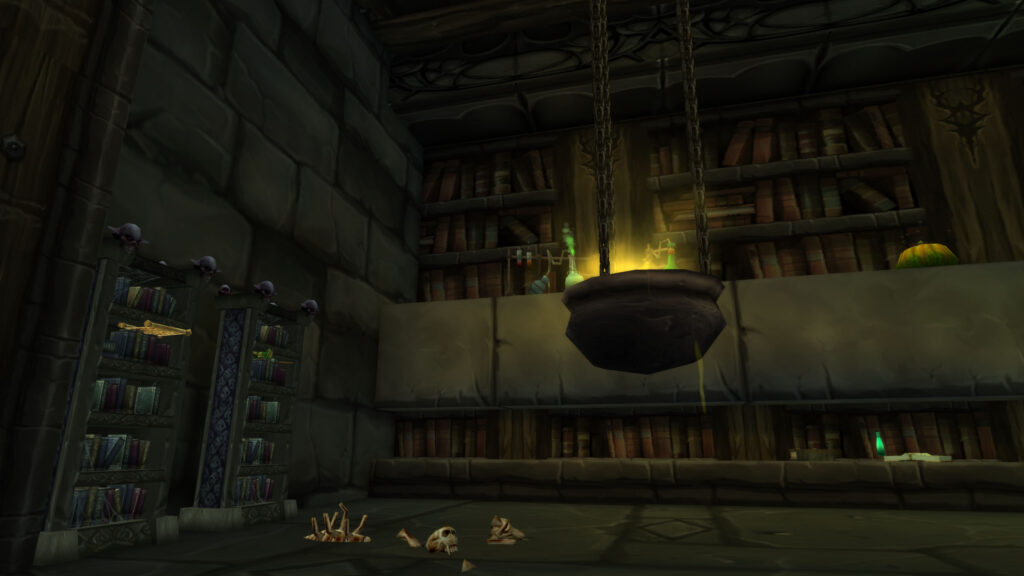
Make a focus-target interrupt macro so you can kick priority casts without retargeting. In sound settings, lower music and raise effects so warnings stand out. Check your graphics: lower shadows and heavy particle effects for stable frames in large pulls. Join voice chat five minutes early, test push-to-talk, and confirm your mic is clear. Skim a one-page cheat sheet for each boss on your route: where to stand, what to soak, and which mechanics you must move for. Place a stack of spare consumables in your bags so you can re-buff in under a minute between bosses. With this prep done, you walk into the first pull ready to follow calls, keep uptime high, and claim clean kills without losing time to avoidable issues.
Add-Ons and UI Setup
A clean UI keeps you focused on calls and boss mechanics instead of hunting for buttons. Start with a boss timer add-on so you see casts, phase swaps, and major hits before they land. Pair that with tidy raid frames that show health, debuffs, and key buffs without covering half the screen. A light damage/healing meter helps you spot downtime or missed casts after each pull, but keep it hidden during fights if it distracts you. Use large nameplates with clear cast bars so you can kick on time. If your class relies on procs or short buffs, set a small tracker near your character so you do not look to screen corners for vital info. Bind interrupt, stun, a main defensive, a personal heal or healthstone, and a movement skill to easy keys. Turn off extra add-ons that spam chat, animate the UI, or flood your screen with popups. In graphics, lower shadows and heavy particles; in sound, mute music and raise effects so warnings are loud and clear. Test all of this on a target dummy and in a quick world quest before raid time. The goal is simple: you should read a cast, press the right key without searching, and keep your target on screen at all times.
| Purpose | Example Tool Type | Why It Helps | Setup Tip |
|---|---|---|---|
| Boss timers | Raid encounter timers | Early warnings for big hits and phases | Place bars near center for quick reading |
| Raid frames | Compact healing/dps frames | Fast view of health, debuffs, and dispels | Show only the fields you act on |
| Nameplates | Clear cast bars on enemies | Easier interrupts and stun timing | Enlarge cast text; show interrupt glow |
| Proc trackers | Small buff/cooldown icons | Keeps rotation tight under pressure | Anchor just below your character |
| Meter (optional) | Simple damage/heal meter | Post-pull review without guesswork | Hide in combat to reduce clutter |
Book the Run and Confirm Details
Treat the booking step like a short checklist. Confirm the start time, expected duration, and time zone so no one logs in late. Note the difficulty (Normal/Heroic/Mythic) and which bosses the group plans to kill. Check item level, role needs, and any mechanic chores (kick duty, external cooldowns, battle rezzes). Join the voice channel 5–10 minutes early and run a quick mic test on push-to-talk. Ask where markers will be placed (skull for kill, star for stack, etc.) and what short words the group uses—“stack,” “spread,” “soak,” “burn,” “move,” “kick.” Confirm loot rules (personal loot trades, need/greed rolls, or set-piece focus) so trades are quick and drama-free. Repair to 100%, stock flasks and food, and carry extra health/mana potions plus drums or stones if your group wants them. If the raid spans more than an hour, plan one short break to refill buffs and reset focus. Finally, keep a small notepad with boss order and any personal reminders like “use defensive before beam” or “kick add cast 2.” Clear info up front prevents delays between bosses and keeps the team moving.
Sample run sheet (fill before you zone in):
| Field | Your Notes |
|---|---|
| Date / Time (TZ) | Tue 19:00 (your local) |
| Difficulty | Heroic |
| Target Bosses | 1–6 full wing |
| Role / Item Level | Ranged DPS / 470+ |
| Voice Channel | Discord link + push-to-talk tested |
| Short Calls Used | stack, spread, soak, burn, move, kick |
| Loot/Trade Notes | Trade dupes; prio set pieces if duplicate |
| Backup Break | 5 min after boss 3 |
Pre-Pull Briefing (5 Minutes)
Right before the first pull, the lead will cover the plan. Listen for role assignments: who kicks first, who uses externals on the tank, who handles battle rez, who soaks or baits ground effects. Watch where markers are placed; these show stack points, safe lanes, or boss facing. Learn the pull timer pattern (for example, “pull in 5”) so you pre-pot, pre-cast, or pre-shield on the same beat every time. Confirm where you stand on the opener and where you move during each major mechanic. Keep calls short and standard—no long speeches mid-fight. If something changes on the fly, the lead will swap assignments in one sentence; acknowledge and execute. Between bosses, repeat the same flow: top up food/flask, refresh healthstones, repair if needed, and run a quick ready check. If you died to a clear mistake, write one line for yourself—“defensive at 60% boss cast,” “move with marker, not the pack,” or “kick add on second cast.” Tiny notes like these prevent the same error on the next pull.
Quick pre-pull checklist:
- Healthstone and potions on bar
- Pre-pot / pre-cast timing matched to the pull timer
- Kick order confirmed (1–2–3) and backup caller named
- Defensive window noted (e.g., before raid-wide burst)
- Marker positions learned (stack, spread, soak lanes)
- Voice on push-to-talk; non-raid sounds muted
With this briefing and checklist, your first pulls feel orderly instead of rushed. You know where to stand, what to press, and when to press it—turning a “first clear” into a clean, repeatable win.
Post-Raid Steps
Once the raid ends, lock in your gains before you log off. Equip any upgrades you did not swap during the run and apply enchants and gems right away so they help in your next session. Clear your bags of junk, send trade goods to a bank alt, and keep only raid kits in your inventory.
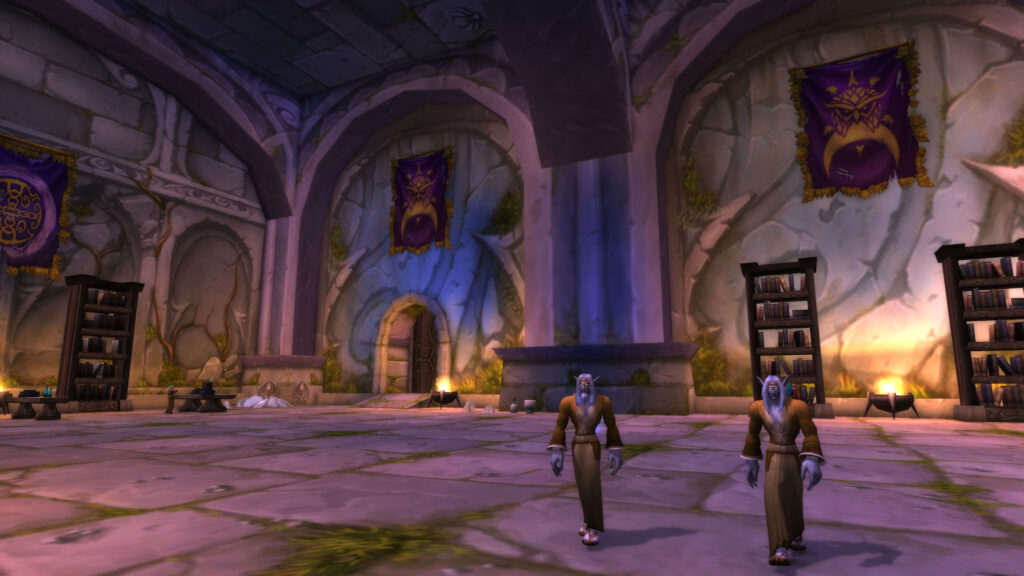
Open the Great Vault panel to confirm how many raid slots you filled and what item level to expect at reset. If you missed a target boss, note it and plan a follow-up boost for that wing. Check your logs or meter history to spot simple gaps: missed interrupts, late defensives, and low uptime during burn windows. Fix the easiest win first—often a keybind, louder alert sound, or moving a proc tracker closer to center. Finally, disable extra add-ons you turned on for the raid if you do other content, and restart your client to clear cache for next time. Ten minutes of cleanup now means a zero-friction start on your next clear.
Troubleshooting Common Issues
- High deaths on trash → Face mobs away, kick marked casters, use defensives before big swings, and stop kiting into new rooms.
- Missed boss mechanics → Move on the call, not after the damage tick; increase warning volume and enlarge ground effect alerts.
- Low damage/healing in burns → Hold cooldowns for the “burn” call; pre-pot and pre-cast on pull timers; keep uptime by standing on markers.
- Interrupt chaos → Set a kick order (1-2-3) and a backup; bind a focus-kick macro so you do not retarget mid-fight.
- Loot delays → Equip on the move; trade once; keep chat short.
- Voice clutter → Push-to-talk only; use the group’s short words: “stack,” “spread,” “soak,” “burn,” “move,” “kick.”
Pick one problem, apply the fix next pull, and recheck.
Fast Improvement Plan (Next Session)
Show up with two tiny goals and you will climb fast. First, pick one mechanic you missed and set a hard trigger: move on “3” of the cast bar, stand on the blue marker every phase, or always kick the second add cast. Second, pick one cooldown window to align better: save burst for heroism, or hit your personal defensive 2 seconds before the raid-wide hit.
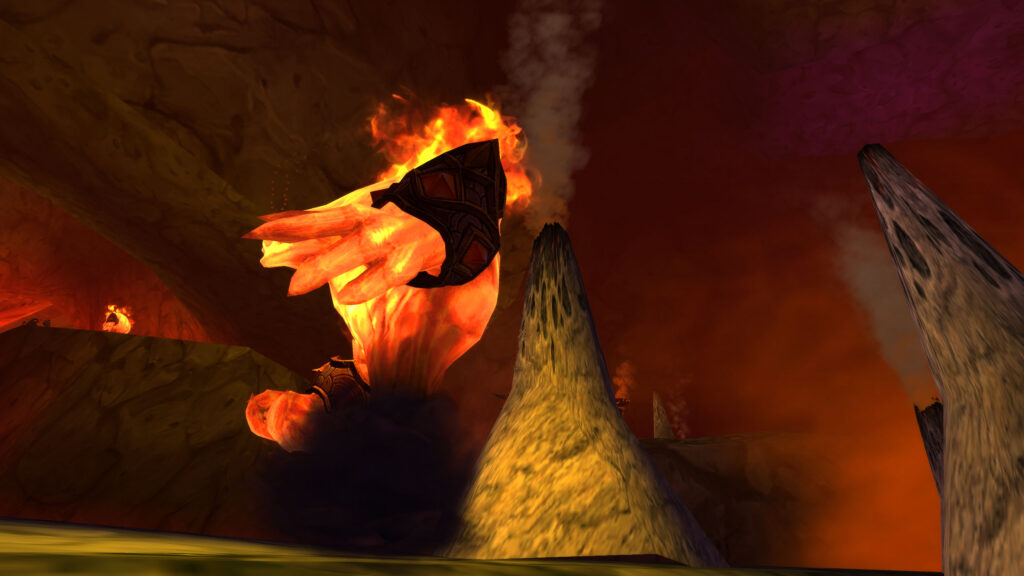
Run the same bosses in your next boost and watch only those two habits. Record the result: fewer deaths, higher uptime in burns, cleaner movement. If you have logs or a short clip, review just the marked moments; do not drown in data. When both goals feel easy, pick two new ones and repeat. Small targets per night beat a long list you never finish.
One-Page Quick Checklist (Pin This)
- Before: gear on, enchants/gems done, flasks/food/pots stocked, repair 100%, UI light (timers, frames, nameplates), voice tested.
- Pre-pull: timer known, opener set, kick order 1-2-3, defensive window noted, markers learned.
- During: follow tank line, kick marked casts, move first then resume, hold burst for “burn,” use defensive on call.
- After kill: eat/flask, stones/pots, repair, confirm assignments, ready check, go.
- After raid: equip upgrades, enchant/socket, check Vault progress, note one fix for next session.
Follow this guide and your first clears shift from guesswork to a smooth routine—short calls, clean pulls, quick loot, and steady progress boss after boss.
